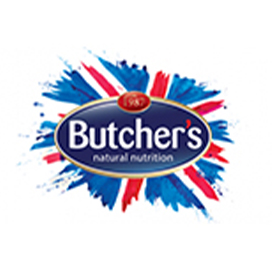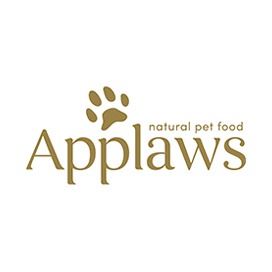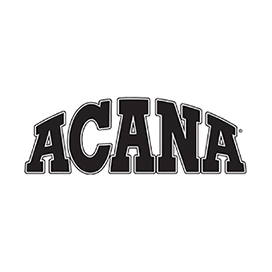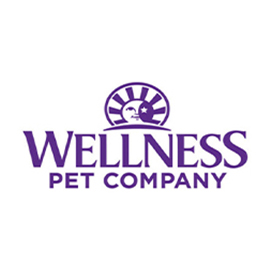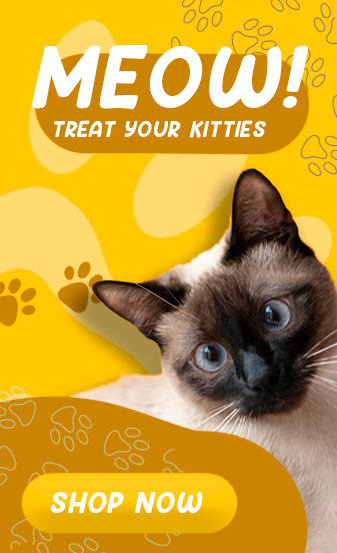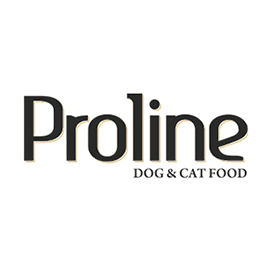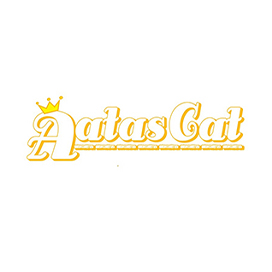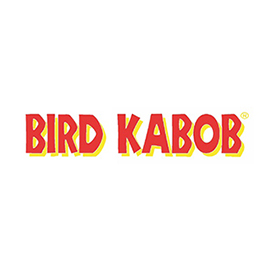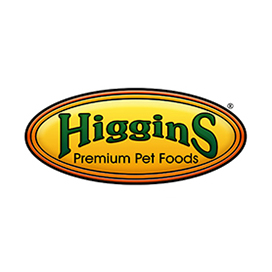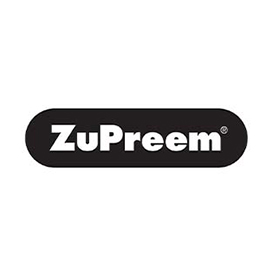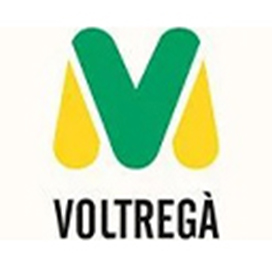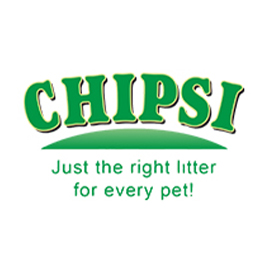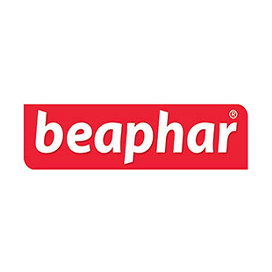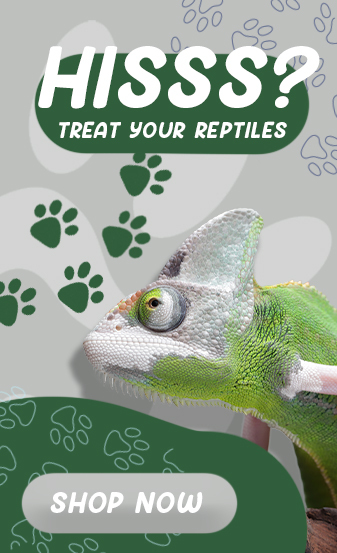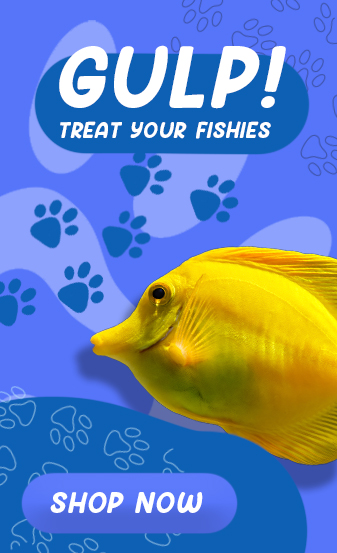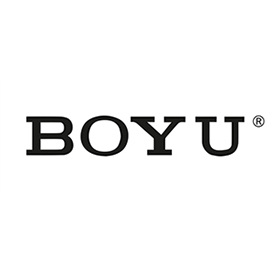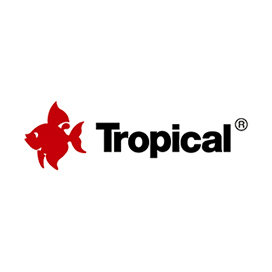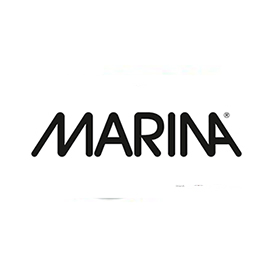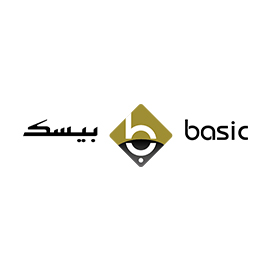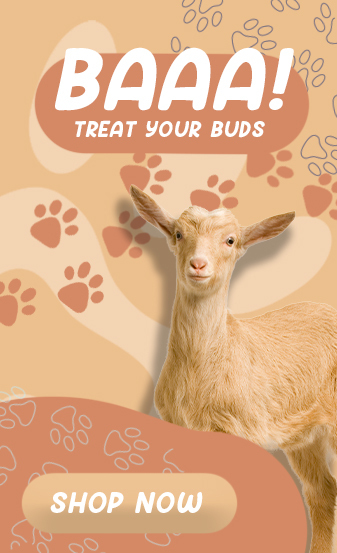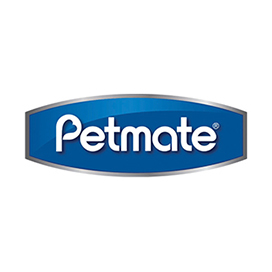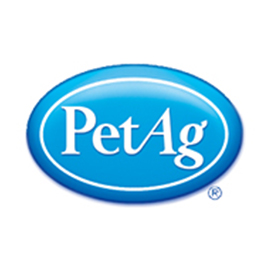
Exact Hand Feeding Formula was the first “instant “ formula available and is the most researched and respected product used by professional breeders, veterinarians and conservation programs throughout the world. Exact Hand Feeding Formula has compatible tastes and ingredients with exactConversion and exact adult daily diets reducing digestive upsets during weaning, or when pulling young from the nest of exact fed parents.
- Exact’s balanced, high-nutrient formula helps babies grow faster, wean earlier and develop better, brighter plumage.
- When used properly, exact will not cause crop slow-down
- exactHand Feeding Formula contains probiotics to encourage a healthy population of intestinal microorganisms.
- The selected species have been chosen specifically for their vitality, stability, and overall benefits to a bird’s system.
- Digestive enzymes (amylase and protease) are included to insure adequate digestion of carbohydrates and proteins. These enzymes are of particular value in the newly hatched baby or in a bird experiencing digestive difficulties.
- With DHA, an Omega-3 fatty acid for development of heart, brain, and visual functions
- High-Nutrient Formuladeveloped for the needs of Baby Birds
- Babies develop better feathering & brighter plumage
- Trusted by Avian Veterinarians & Breeders
- Babies grow faster & wean earlier
Ingredients:
Ground Corn, Ground Wheat, Corn Gluten Meal, Ground Oat Groats, Wheat Middlings, Soy Oil, Dried Whole Egg, Soy Protein Isolate, Dried Beet Pulp, Soybean Meal, Ground Flax Seed, Dicalcium Phosphate, Calcium Carbonate, L-Lysine, Wheat Germ Meal, Brewers Dried Yeast, Vitamin A Supplement, Salt, Algae Meal (source of DHA), L-Arginine, Fructooligosaccharide, Choline Chloride, DL-Methionine, Potassium Chloride, Yeast Extract, Propionic Acid (a preservative), Vitamin E Supplement, Vitamin B12 Supplement, Riboflavin Supplement, Mixed Tocopherols (a preservative), L-Ascorbyl-2-Polyphosphate (source of vitamin C), Manganese Proteinate, Copper Proteinate, Ferrous Sulfate, Zinc Oxide, Manganous Oxide, Menadione Sodium Bisulfite Complex (source of vitamin K activity), Niacin, Rosemary Extract, Citric Acid, Ethoxyquin (a preservative), Calcium Pantothenate, Copper Sulfate, Pyridoxine Hydrochloride, Thiamine Mononitrate, Cholecalciferol (source of vitamin D3), Folic Acid, Beta-Carotene, Calcium Iodate, Biotin, Cobalt Carbonate, Sodium Selenite, Dried A. oryzae Fermentation Extract, Dried Bacillus subtilis Fermentation Extract, Dried Bacillus licheniformis Fermentation Product, Dried Bacillus subtilis Fermentation Product. Allergen information: Manufactured in a facility that processes peanuts and other tree nuts.
Guaranteed Analysis:
- Crude Protein (min.)....................22.0%
- Crude Fat (min.).........................9.0%
- Crude Fiber (max.).......................5.0%
- Moisture (max.).........................10.0%
- Omega-3 Fatty Acids (min.)...............0.5%
- Docosahexaenoic Acid (DHA) (min.)........0.05%
- Protease (min.)..........................0.2 CSU(1)/g
- Amylase (min.)...........................0.4 SLU(2)/g
- Total Bacillus Species(3)(min.)....250,000 CFU(4)/g
(1) CSU - Casein Solubilization Units
(2) SLU - Starch Liquefying Units
(3) B. licheniformis, B. subtilis
(4) CFU - Colony Forming Units
SPECIAL NOTES FOR PREPARATION
- IMPORTANT – DO NOT REUSE MIXED FORMULA!! Discard and mix fresh at each feeding.
- For hatch to 2 days old - formula should be made in small quantities and thoroughly stirred before feeding. Separation at this concentration is expected and is not a problem at this early stage because primary requirements are for water and water soluble nutrients. After chick is two days old, the food concentration must be increased (see feeding chart).
- Microwaving should be avoided. Microwaving can create “hot spots” in the formula and increase the likelihood of accidental crop burns. If required, limit microwaving (on high) to no more than 5 seconds per ½ cup of mixed formula at a time. Be sure to follow this with vigorous stirring before retesting the temperature and feeding. Cover large batches of formula while microwaving to avoid a moisture loss. STIR FORMULA THROUGHLY TO AVOID POTENTIAL OF BURNING THE CROP. Always test formula for proper temperature before feeding.
STORAGE INSTRUCTIONS
After opening, use the food within 30 to 45 days. Reseal package and store in a cool, dry location. Refrigerate or freeze for extended storage.Baby birds should be fed on a routine schedule allowing the chick’s crop to empty (or nearly empty) between feedings and to determine if bird is being fed the right amount. This prevents any food remaining in the crop too long and possibly spoiling. If the time between crop emptying suddenly increases, and the crop appears to be slowing down, observe the chick closely. See “IMPORTANT NOTES” regarding crop-slow down.
- Feed mixture with a clean, disinfected syringe, spoon, tube, or other comfortable method. A separate implement should be used for each baby to prevent spread of disease.
- Dispense food along with the chick’s feeding response (rythmic bobbing motion). This is more natural and decreases the likelihood of formula being inhaled.
- Feed until the chick’s crop is nicely rounded or it refuses any more food, whichever comes first. Do not overfeed or regurgitation may occur. Generally, each meal should consist of a volume equivalent to 10-12% of the bird’s body weight.
- Clean and sanitize feeding equipment after use. Clean any spilled food from the chick and change bedding after each feeding. Good hygiene is critical for a baby bird’s health.
MONITORING A HAND FED BABY BIRD
- Monitoring weight gain and loss is the best way to identify a problem before it becomes visibly obvious. Weigh and record the weight of each baby bird every morning before the first feeding.
- A healthy chick should gain weight every day until it begins the weaning process. If weight gain stops, but weight is maintained, watch the bird closely. Loss of weight indicates a problem and should be investigated immediately. Call your avian veterinarian for more information.
- An otherwise healthy bird may not gain weight if it is not receiving enough nutrients. This could happen if the hand feeding formula is mixed too thin (contains too much water), if the formula is diluted with other ingredients, if the bird is not fed enough, or does not get enough food at each feeding.
Ingredients:
Ground Corn, Ground Wheat, Corn Gluten Meal, Ground Oat Groats, Wheat Middlings, Soy Oil, Dried Whole Egg, Soy Protein Isolate, Dried Beet Pulp, Soybean Meal, Ground Flax Seed, Dicalcium Phosphate, Calcium Carbonate, L-Lysine, Wheat Germ Meal, Brewers Dried Yeast, Vitamin A Supplement, Salt, Algae Meal (source of DHA), L-Arginine, Fructooligosaccharide, Choline Chloride, DL-Methionine, Potassium Chloride, Yeast Extract, Propionic Acid (a preservative), Vitamin E Supplement, Vitamin B12 Supplement, Riboflavin Supplement, Mixed Tocopherols (a preservative), L-Ascorbyl-2-Polyphosphate (source of vitamin C), Manganese Proteinate, Copper Proteinate, Ferrous Sulfate, Zinc Oxide, Manganous Oxide, Menadione Sodium Bisulfite Complex (source of vitamin K activity), Niacin, Rosemary Extract, Citric Acid, Ethoxyquin (a preservative), Calcium Pantothenate, Copper Sulfate, Pyridoxine Hydrochloride, Thiamine Mononitrate, Cholecalciferol (source of vitamin D3), Folic Acid, Beta-Carotene, Calcium Iodate, Biotin, Cobalt Carbonate, Sodium Selenite, Dried A. oryzae Fermentation Extract, Dried Bacillus subtilis Fermentation Extract, Dried Bacillus licheniformis Fermentation Product, Dried Bacillus subtilis Fermentation Product. Allergen information: Manufactured in a facility that processes peanuts and other tree nuts.
Guaranteed Analysis:
- Crude Protein (min.)....................22.0%
- Crude Fat (min.).........................9.0%
- Crude Fiber (max.).......................5.0%
- Moisture (max.).........................10.0%
- Omega-3 Fatty Acids (min.)...............0.5%
- Docosahexaenoic Acid (DHA) (min.)........0.05%
- Protease (min.)..........................0.2 CSU(1)/g
- Amylase (min.)...........................0.4 SLU(2)/g
- Total Bacillus Species(3)(min.)....250,000 CFU(4)/g
(1) CSU - Casein Solubilization Units
(2) SLU - Starch Liquefying Units
(3) B. licheniformis, B. subtilis
(4) CFU - Colony Forming Units
SPECIAL NOTES FOR PREPARATION
- IMPORTANT – DO NOT REUSE MIXED FORMULA!! Discard and mix fresh at each feeding.
- For hatch to 2 days old - formula should be made in small quantities and thoroughly stirred before feeding. Separation at this concentration is expected and is not a problem at this early stage because primary requirements are for water and water soluble nutrients. After chick is two days old, the food concentration must be increased (see feeding chart).
- Microwaving should be avoided. Microwaving can create “hot spots” in the formula and increase the likelihood of accidental crop burns. If required, limit microwaving (on high) to no more than 5 seconds per ½ cup of mixed formula at a time. Be sure to follow this with vigorous stirring before retesting the temperature and feeding. Cover large batches of formula while microwaving to avoid a moisture loss. STIR FORMULA THROUGHLY TO AVOID POTENTIAL OF BURNING THE CROP. Always test formula for proper temperature before feeding.
STORAGE INSTRUCTIONS
After opening, use the food within 30 to 45 days. Reseal package and store in a cool, dry location. Refrigerate or freeze for extended storage.Baby birds should be fed on a routine schedule allowing the chick’s crop to empty (or nearly empty) between feedings and to determine if bird is being fed the right amount. This prevents any food remaining in the crop too long and possibly spoiling. If the time between crop emptying suddenly increases, and the crop appears to be slowing down, observe the chick closely. See “IMPORTANT NOTES” regarding crop-slow down.
- Feed mixture with a clean, disinfected syringe, spoon, tube, or other comfortable method. A separate implement should be used for each baby to prevent spread of disease.
- Dispense food along with the chick’s feeding response (rythmic bobbing motion). This is more natural and decreases the likelihood of formula being inhaled.
- Feed until the chick’s crop is nicely rounded or it refuses any more food, whichever comes first. Do not overfeed or regurgitation may occur. Generally, each meal should consist of a volume equivalent to 10-12% of the bird’s body weight.
- Clean and sanitize feeding equipment after use. Clean any spilled food from the chick and change bedding after each feeding. Good hygiene is critical for a baby bird’s health.
MONITORING A HAND FED BABY BIRD
- Monitoring weight gain and loss is the best way to identify a problem before it becomes visibly obvious. Weigh and record the weight of each baby bird every morning before the first feeding.
- A healthy chick should gain weight every day until it begins the weaning process. If weight gain stops, but weight is maintained, watch the bird closely. Loss of weight indicates a problem and should be investigated immediately. Call your avian veterinarian for more information.
- An otherwise healthy bird may not gain weight if it is not receiving enough nutrients. This could happen if the hand feeding formula is mixed too thin (contains too much water), if the formula is diluted with other ingredients, if the bird is not fed enough, or does not get enough food at each feeding.





